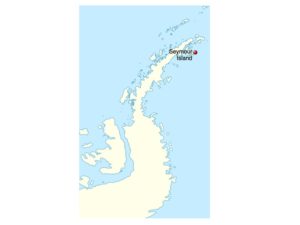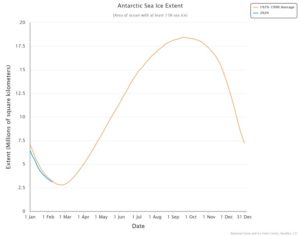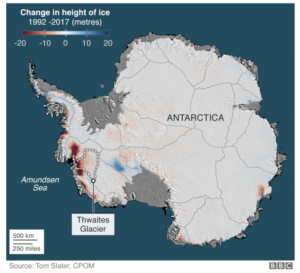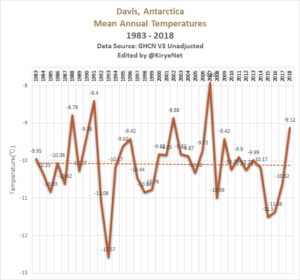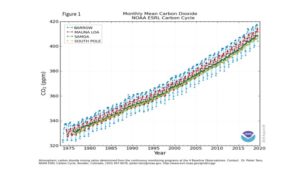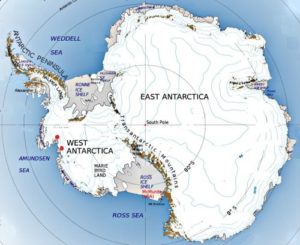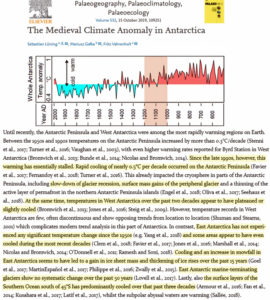by Cap Allon, March 23, 2020 in Electroverse
The MSM has a blatant warm-bias, that’s been clear for years…
A myriad of news outlets were all-too-happy to run with the Antarctic Peninsula’s record warm temperature last month, painting it as further evidence of the coming climate catastrophe (despite the peninsula actually being located closer to Argentina than the South Pole, and the event officially going down as a foehn). But where are those same rags now? Where is their balance? Their credibility? Or is informing the public not the goal anymore, is their mission merely to propagandize?
Last Friday, Antarctica set its coldest EVER March temperature…
…somehow, in what we’re to believe is a linearly warming world on the brink of “overheating”, the world’s southernmost continent is currently the coldest its ever been for the time of year.
The Vostok Station clocked a bone-chilling -75.3C (-103.54F) on the morning of Friday, March 20, as spotted by @TempGlobal on Twitter:
…
Location of Vostok (Wiki).



